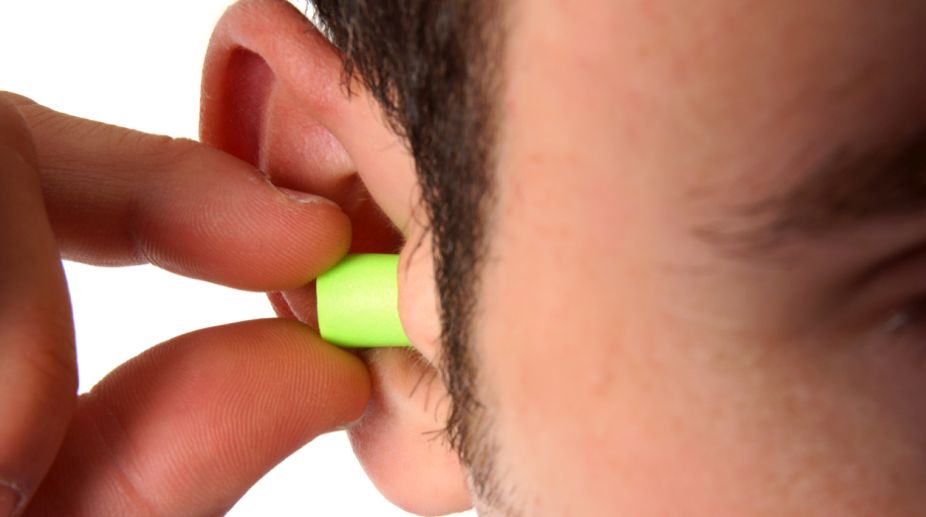New spam tracking system blocks international calls posing as Indian phone numbers
The government on Tuesday announced a new spam-tracking system to identify and block incoming international calls posing as Indian phone numbers.

(Photo: Getty Images)
You may soon be able to accept a call on your mobile device with just smile or wink, thanks to scientists who have developed an earplug that can detect facial gestures to control smartphones.
Modern mobile devices are usually controlled by means of a touch screen. In everyday life, however, there are many situations in which this type of operation cannot be implemented.
Advertisement
Scientists at the Fraunhofer Institute for Computer Graphics Research IGD in Rostock in Germany have developed EarFieldSensing (EarFS), that recognises facial gestures via a special ear plug.
Advertisement
The researchers evaluated various technologies with which the movements of a person's head and face can be interpreted. In this process, great importance was placed on practical use in everyday life.
For example, systems that read gestures using sensors directly on one's face are very accurate and able to recognise a large number of gestures.
However, they are so conspicuous and unpleasant to wear, though, that they are not suitable for daily use in public.
Instead, systems are needed which are as inconspicuous as possible.
The new EarFS ear plug measures the muscular currents and distortions of the ear canal which occur during facial movements.
The sensor detects even the smallest movements in the face through the way the shape of the ear canal changes and measures muscle currents that arise during the movement of the face or head.
“The challenge was that these currents and movements are sometimes very small and need to be intensified,” said Denys Matthies, scientist at the Fraunhofer IGD.
“In addition, the sensors cannot be interfered with by other movements of the body, such as vibrations during walking or external interferences, Matthies said.
“To solve this problem, an additional reference electrode was applied to the earlobe which records the signals coming from outside,” he said.
The signals detected inside the ear are matched with the signals coming from the outside the remaining useful signal enables clear facial gesture identification, even if the person wearing the EarFS is in motion.
EarFS not only allows microinteractions with a smartphone, such as accepting and rejecting phone calls or operating the music player.
The evaluation of facial movements also allows conclusions about weariness, exertion and other emotional states of the user.
As a result, smartphones could warn drivers when signs of weariness and fatigue are registered or could switch automatically to mute when drivers are concentrating attentively. The use of the technology is also imaginable in the medical field.
For example, it could help people with locked-in syndrome to communicate more easily by allowing them to operate computers with facial movements.
Advertisement